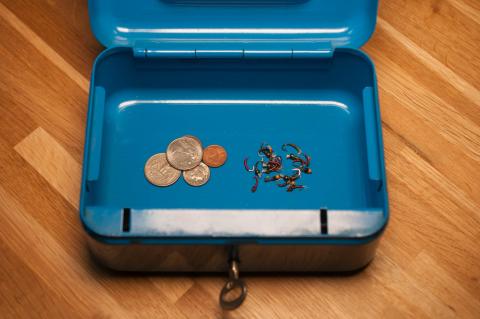Hi Jørgen, great article as always on your site. April Vokey has a long chat with Jerry French in one of her podcasts here http://www.aprilvokey.com/podcasts/, scroll down to the February 18, 2016 entry, where they discuss the origin and development from Jerry's point of view.
- Log in to post comments

